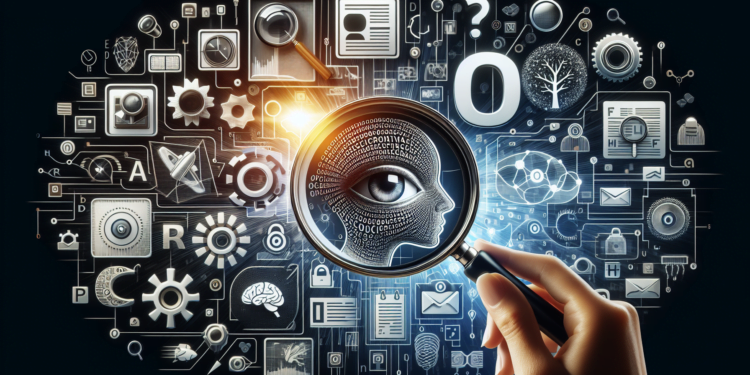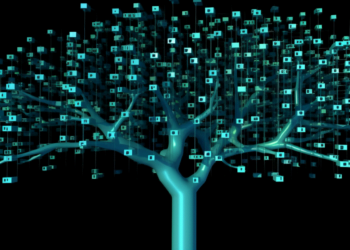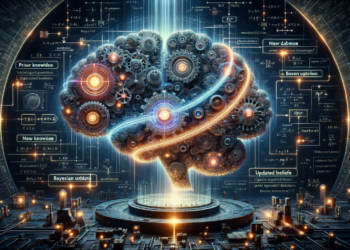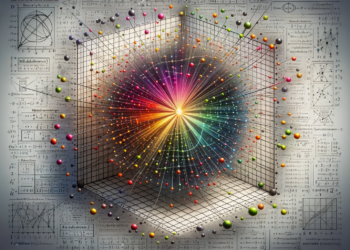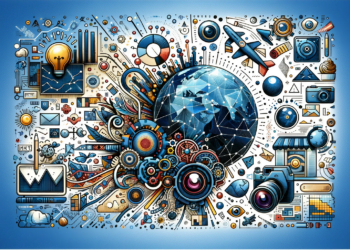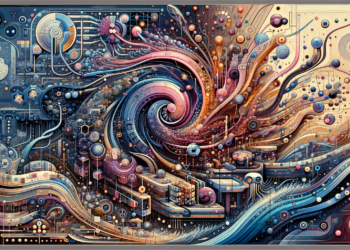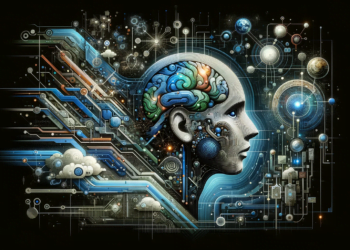The evolution of Optical Character Recognition (OCR) serves as a paradigm of how Artificial Intelligence (AI) specializes and delves deeper into its abilities to transform unstructured data into valuable actionable information. In the early days of OCR, systems grappled with typographic elements in simple text documents, but current deep learning techniques and computer vision have catapulted OCR’s efficacy beyond mere transcription.
Convolutional Neural Network (CNN) models, traditionally used for image analysis, are now the cornerstone of advanced OCR systems, where each letter or symbol is treated as a unique pattern that can be identified from its visual features. Recent advances include the adoption of attention architectures, such as Transformer and BERT, adapted from natural language processing (NLP), which enhance the contextual understanding of scanned texts, allowing for greater transcriptional accuracy in documents with complex formats.
To illustrate the difference in capabilities, the pre-4.0 Tesseract model, one of the most recognized open-source OCR solutions, based its performance mainly on pattern matching methodologies. Meanwhile, subsequent versions have incorporated deep learning to enhance accuracy. In a case study, a bank implemented Tesseract 4 to digitize handwritten customer applications, reducing transcription errors by a significant margin and accelerating application processing by 50%.
A persistent challenge is generalization across diverse languages and alphabets. Here, transfer learning methods have proven to be essential. By employing pre-trained models on a vast corpus of text and then fine-tuning them on specific languages, OCR can achieve high levels of accuracy even in less represented languages. This technique has been fundamental for projects like Google Cloud Vision API, which offers OCR for a wide range of languages with minimal latency.
Recent research in the field has also explored the synergy between OCR and other AI components, such as named entity recognition and information extraction. Systems like the DeepDive platform use OCR to convert text into structured data, which are then analyzed by machine learning models capable of identifying and linking entities in documents. In a practical case, a legal firm used this technology to extract and catalog information from thousands of litigation papers with an accuracy previously unattainable.
Looking to the future, it is anticipated that the multidisciplinary approach will continue to be a driver of innovation for OCR. With the adoption of federated learning, for example, OCR systems will be able to improve their performance collaboratively and in a decentralized manner, without compromising data privacy. This approach promises to revolutionize OCR in sectors that handle highly sensitive information, such as finance and healthcare.
To maintain relevance in the AI workflow, OCR must continue to integrate with analytical platforms and robotic process automation, expanding its functionality beyond text interpretation. By strengthening this link, the systems’ ability to learn from operational contexts and adapt to new challenges with increasing autonomy is enhanced.
In conclusion, the trajectory of OCR illustrates a transition from a static tool to a dynamic and cognitive partner in information management. Future iterations of OCR will likely lean towards interfacing with emerging technologies such as Generative Adversarial Networks (GANs) for image enhancement and augmented reality for real-time interaction. The synergistic collaboration between OCR and advanced AI technologies has the potential to reshape entire industries, redefining what it means to extract knowledge from mere images to profound intuition.

